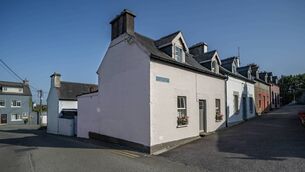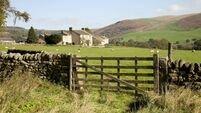How to side-step the stumbling blocks when buying bricks
Generally the staff in these outlets are well informed and helpful, but this guy had that familiar musky whiff of construction macho. My line of questioning was not helping. "Well, just a brick or two to look at for starters. Have you nothing posh?" I asked, delivering my best help-the-bimbo simper. It used to work wonders, but clearly my powers were fading. The Creature finally gifted me a couple of chipped bricks off a palette and I sped away to research the topic in the safety of my own home.
Commons are in fact the most ho-hum type of brick. They are not generally colour matched, their quality and durability are not high, but for internal and external areas which are going to receive a plaster or render coat, these bricks are perfect. Some builders favour commons, it seems, as they give a nicely mottled finish because of their haphazard colourings, and for garden walling (which is what I needed them for) common bricks were adequate. As you ascend the scale of brick quality, durability and, most critically, resistance to frost and rain improve considerably. The colour depends largely on the clay and shale used in their production, the texture and finish on the way the brick is actually made. Different minerals in the raw materials contribute to the brick's character, but a high salt content can lead to an unsavoury wall stain.













